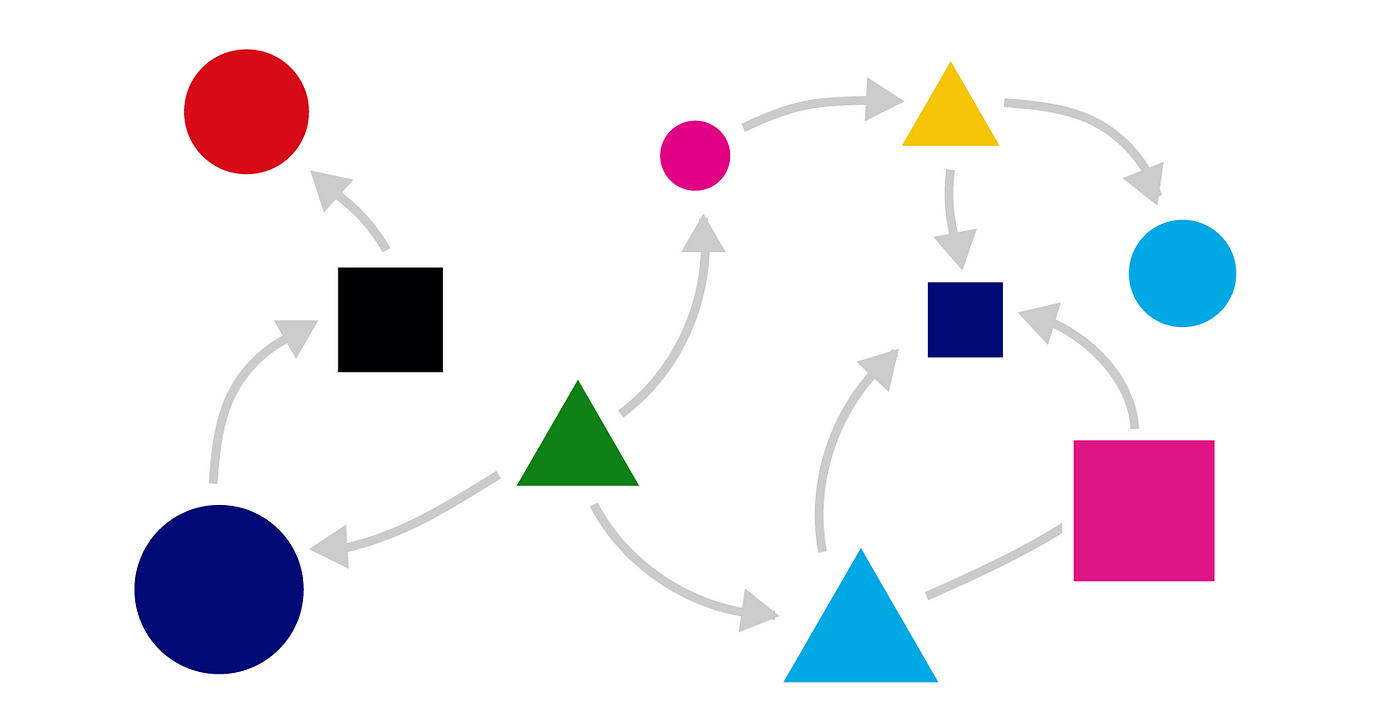Systems Thinking Is the New Design Thinking
Is systems thinking the new design thinking?
![]()
It's a safe bet to say most of us have heard of design thinking. Meanwhile, the words "systems thinking" may ring less bells. Why is this relatively new work concept an acquaintance worth making?
Systems thinking and design thinking are both ways of working; philosophies that help designers, managers and experts handle their projects. Despite this common ground, they are not the same — nor are they each other's opposites. They are their own entities who will oftentimes meet and compliment each other along the way. So what exactly is systems thinking and, more importantly, how can it benefit your work?

Systems thinking is a holistic, behind-the-scenes look at your processes
Systems thinking may sound IT-related, but it isn't. Not necessarily. The term "systems" can encompass anything from natural phenomena to organizational processes, like a bowl of rotting bananas or customer support. By nature, systems thinking mainly takes place behind the scenes. Its focus is on the backstage; on all the processes that are mostly hidden out of your end-user's sight, but may have a huge impact on their experience.
Systems thinking examines large entities by looking at them as collections of building blocks. Building blocks that are interconnected, with information flowing from one block to another. It also attempts to find patterns of behavior that show different relationships between these blocks, as well as how these relationships might change over time.
Systems thinking manifests in daily activities that we all participate in
A customer orders a fridge online and gets it shipped to his doorstep. Design thinking asks how this experience was for them. How was filling the order and tracking the package? How did they feel? Systems thinking has its focus elsewhere. It's in the processes that got the fridge to the customer. How did the marketing system provide information to them? What kind of processes were in the order management system? How did the delivery system function? Were there any gaps or delays in the process?
All these moving parts and the ways in which they work with each other create a bigger, cyclical picture. More specifically, the picture of company X's fridge sales. What falls under this umbrella are many different departments: sales, billing, and warehouse management, to name a few. Thus, painting the complete picture requires insights from many people, most of whom may not know the full story themselves.
Systems thinking identifies key opportunities for improvement
By following a holistic analysis, systems thinkers are able to identify points of leverage: key moments within individual processes that can be improved to make the whole run more smoothly. This is where design thinking steps in. While systems thinking provides the analysis, design thinking works best in creating solutions and synthesis. The two compliment each other in paving the way for improved operations.
Systems thinkers' reward waits at the project finish line. An all-encompassing analysis, while work-heavy at the time, makes for more satisfied employees, more cost-effective processes, and happier end-users.
Systems thinkers are overseers, who keep an eye on the bigger picture
Who can step into the shoes of a systems thinker? Ideally, systems thinking is applied as soon as processes are first created. In the real world, this is rarely the case. Companies have departments (and people) that never communicate with each other. Someone needs to remain above this and understand how everything ties in together at the end.
This someone can be a designer, a consultant, or a project manager — essentially any expert tackling a large task in their working lives. The better they understand the internal processes at play, the more they can optimize them and create services that take into consideration internal users as well as end-users, eventually making both of their lives easier.
To answer the question, systems thinking is not here to replace design thinking, or to become its polar opposite. If anything, they can help each other when used together in project work. However, whether systems thinking gains a similar foothold in our professional lives as design thinking already has is something that remains to be seen.
#systemsthinking #designthinking
If you want to learn more about systems thinking and how it could benefit you or your company, don't hesitate to contact us at www.intergalactico.io
Systems Thinking Is the New Design Thinking
Source: https://medium.com/intergalactico/is-systems-thinking-the-new-design-thinking-921c1c9a6534
0 Response to "Systems Thinking Is the New Design Thinking"
Post a Comment